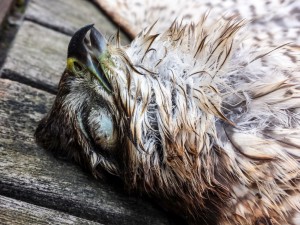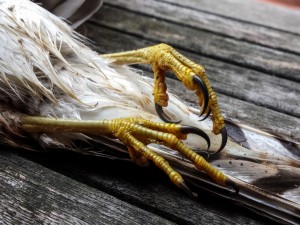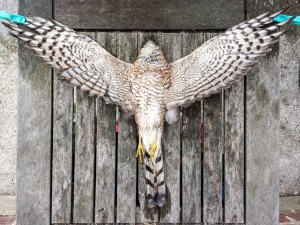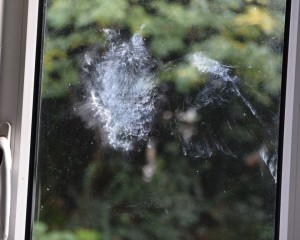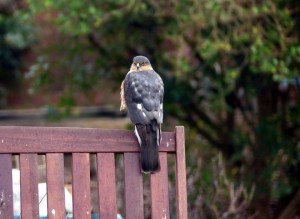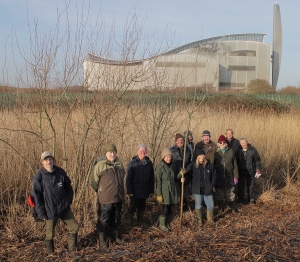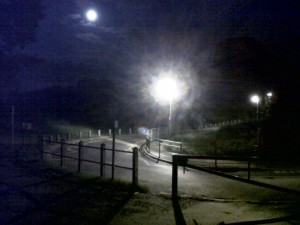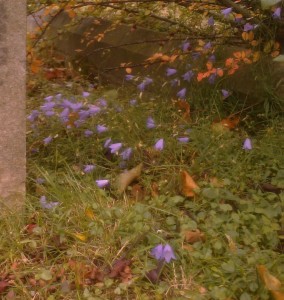Bexley Natural Environment Forum is taking advantage of the mechanism by which members of the public can ask questions of full Council to press for a date by which final decisions on, and the formal adoption of the 2013 review of the Sites of Importance for Nature Conservation in Bexley, will take place.
It will soon be two years since the draft recommendations on SINCs was published, with the deadline for comments having been in February 2014, yet despite several requests for a sign-off date none has been forthcoming, and the review is now tangled up with ‘work streams’ on the Council’s heavily pro-concrete ‘growth’ agenda, which is extremely worrying.
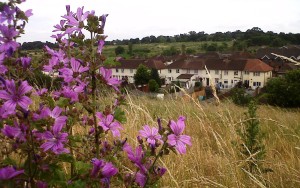
Bexley Council has been busy making environmentally hostile decisions about existing and proposed Sites of Importance for Nature Conservation, such as Erith Quarry (pictured) and Old Farm Park whilst taking nearly two years (and counting) to sign off the latest review of such sites in the Borough. (Photo: Chris Rose)
The following question has been submitted for the November 4th Council meeting, directed to Cllr. Peter Craske, Cabinet Member for Community Safety, Environment and Leisure, followed by the background on this issue to date:
Question: To ask the Council/Councillor Craske what the target date is for the final decision on and adoption of the recommendations of the 2013 review of Bexley Sites of Importance for Nature Conservation, and whether any sites or parts of sites or proposed extensions to sites originally recommended for inclusion by the London Wildlife Trust as a result of that review were withdrawn by them of their own volition or as a result of any request by Bexley Council, or were otherwise not included in the final draft, made available to the public in December 2013.
Supporting statement: Bexley Council Commissioned a review of Sites of Importance for Nature Conservation in the Borough which was conducted during 2013, and appeared to be on course for adoption 10 years after the previous such review. There was also a partial review in 2011. The Council has been congratulated in public by Bexley Natural Environment Forum for proceeding with this work despite the looming financial stringencies at that time. However, despite the fact that the deadline for public comments on the draft was in February 2014, the review has still not been approved by the Council and we are now closing in on the 2 year mark out of what one might take to be a nominal 10 year cycle of reviews.
Bexley Natural Environment Forum, in particular, put a considerable amount of effort into providing information to help guide the review, and in surveying existing and potential SINCs and supplying numerous new biodiversity records pertaining to those sites. Its efforts led to the designation of a new SINC at the 2011 partial review, and to recommendations for two new sites and the enlargement of two others at the 2013 review. It has written to Council officers on several occasions seeking to establish when the review will be adopted.
Over the last 8 months the Council has approved building on the majority of the Erith Quarry Grade 1 SINC, and has proposed selling off half of Old Farm Park, including a part recommended for inclusion in an adjoining SINC. Consequently there are now serious concerns in the Borough’s nature conservation community about the ongoing delay, which only adds to the impression that biodiversity is now playing a poor third fiddle to a very conventional ‘development’-led approach to progress in the Borough, and risks decisions about sites being made that do not properly take into account up to date, formally ratified SINC designations.
On June 19th BNEF was told that there were only a couple of minor matters outstanding, and that the rest of the process prior to the Council being able to make a final decision on the review were outside of the Council’s control, the implication being that these simply pertained to the required checking by the London Wildlife Sites Board that proper procedures had been followed.
In an e-mail of July 13th, Councillor June Slaughter was informed that [The SINC review’s] ‘recommendations form part of the technical analysis for a number of work streams including the growth strategy and potential site disposals. We anticipate being able to produce a draft response later in the year.’ which instead revealed that in fact the delays had rather more to do with choices being made by Bexley Council.
On 27th July BNEF was informed by the Biodiversity officer that ‘[he did] not anticipate that the report will differ significantly from that consulted on. I am also not yet in a position to confirm a precise timescale for finalisation of the document as dates have not been firmed up. However we will proceed as quickly as our resources and work priorities allow and am hopeful that this can be achieved this year.’
Will the Council/Councillor Craske now commit to sign-off this calendar year, or give some other target date for doing so, and can it answer the question about whether any recommended sites or parts or proposed extensions to sites were excluded from the public draft of the review and,if so, which and why? It seems reasonable for taxpayers to be able to see the full list of sites, or parts of sites, that experts hired by the Council thought should be designated as SINCs on objective, biodiversity-led grounds, and if the Council later declined to accept some of those recommendations, to then be told what the reasons in each case were.
_________
We are grateful to June Slaughter, one of two Councillors who attends Bexley Natural Environment Forum meetings, for suggesting that we go down this route in order to press the Council further on this frustrating state of affairs.
Chris Rose

